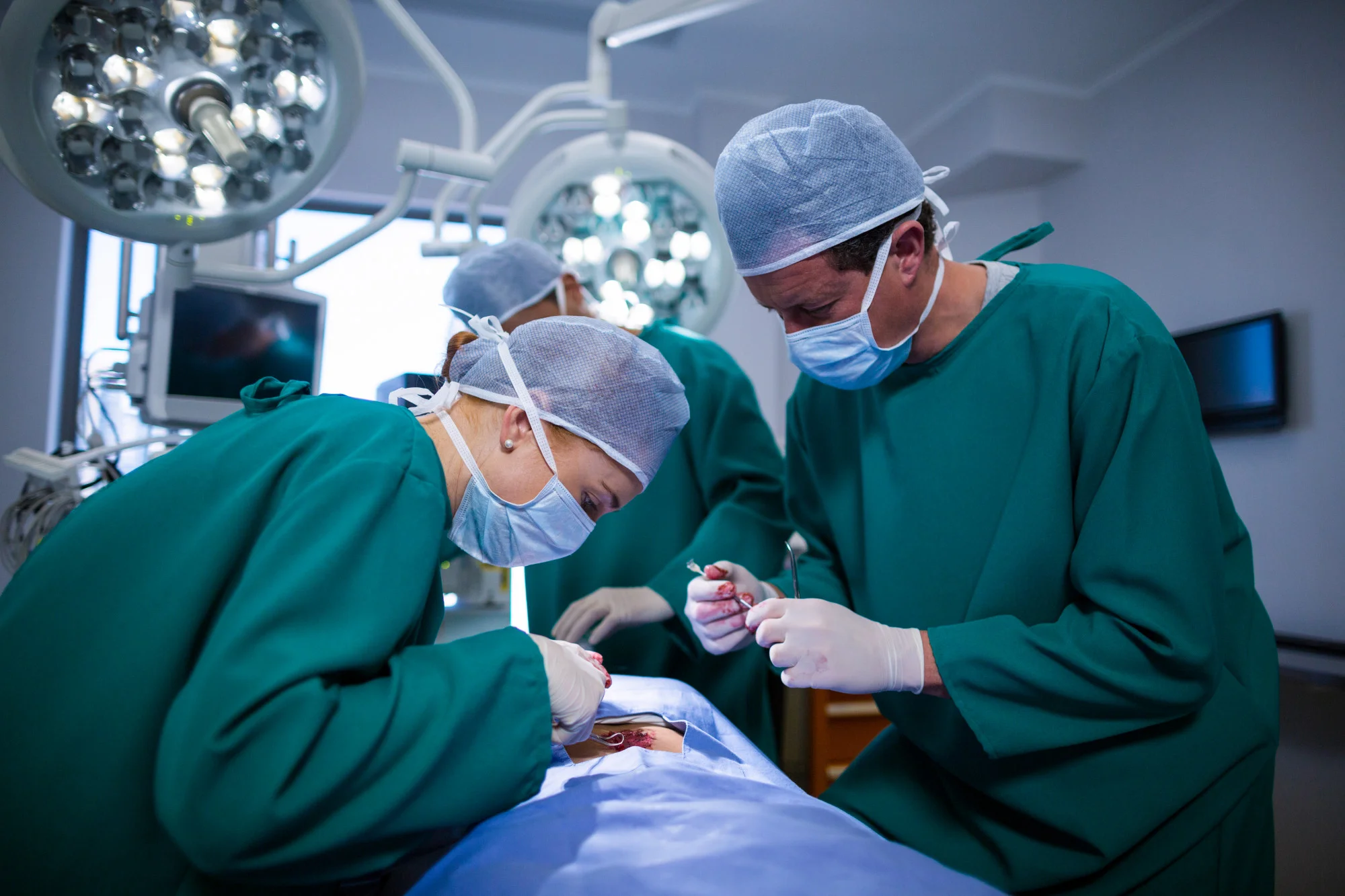Keywords
1. Suture Button Fixation
2. Latarjet Procedure
3. Arthroscopic Surgery
4. Glenoid Graft Positioning
5. Shoulder Stabilization Technique
In the continuous evolution of orthopedic surgery, particularly within the domain of shoulder stabilization, a notable development has emerged that is set to transform the landscape of surgical interventions for the notorious shoulder instability. According to the latest editorial commentary published in “Arthroscopy: The Journal of Arthroscopic & Related Surgery,” there is an increasing body of evidence indicating suture button fixation to be comparable with, and potentially superior to, the traditional screw fixation used in the Latarjet procedure. This revelation promises a new standard in the approach to treating conditions such as anterior shoulder instability, with far-reaching implications for both surgical practice and patient outcomes.
The Latarjet procedure, an established method of shoulder stabilization, traditionally utilizes screw fixation to secure a bone graft onto the glenoid cavity, thereby providing stability and preventing recurrent shoulder dislocations. However, a group of experts, including Chakrabarti Moyukh O and Khan Moin M from McMaster University, hint at the potential evolution towards suture button fixation after a careful appraisal of recent literature and associated complication rates.
DOI: 10.1016/j.arthro.2023.11.035
In their editorial titled “Suture Button Fixation for the Latarjet Procedure Is Superior to Screw Fixation,” published December 31, 2023, the authors contend that the suture button fixation not only yields results on par with the conventional screw fixation but may also herald several benefits. A key advantage is reduced graft resorption, a daunting complication that often undermines the long-term success of the procedure. Furthermore, suture button fixation reportedly offers a more simplified approach to correctly positioning the graft on the glenoid—this has traditionally been a challenge, with the soft-tissue envelope frequently impacting the positioning when using screw-based guides.
The science behind suture button fixation lies in its design which enables the bone graft to be maneuvered into an optimal position on the glenoid more easily than with screws. Once the positioning is ideal, the graft is tensioned, holding its place securely without the use of bulky hardware. This innovative technique has significant implications on complication rates, which, according to the consulted literature, dramatically lower compared to screw fixation. It is noteworthy that nearly one-third of complications in screw fixation are attributed to the hardware itself, leading to a relatively high rate of hardware removal surgeries.
The authors delve into studies that specifically address arthroscopic Latarjet procedures using suture button fixation, which, to date, have been predominantly published by highly experienced surgeons. They highlight that arthroscopic Latarjet, owing to its significant learning curve, may yield better outcomes in the hands of seasoned surgeons, suggesting a degree of caution when interpreting these superior results.
Despite the promising prospects of suture button fixation, the editorial also grounds its overview in the reality of surgical practice, underscoring that evidence-based medicine is most effective when patient preferences and the surgeon’s own capabilities are taken into consideration. It indicates that while suture button fixation might offer certain advantages, the choice of fixation technique in the Latarjet procedure should be an informed decision made by the surgeon based on their expertise and the unique needs of each patient.
The authors are transparent about their potential conflicts of interest, with full disclosure provided, ensuring that the reported work is untainted by competing financial interests or personal relationships.
References
1. Arthroscopy: The Journal of Arthroscopic & Related Surgery, Volume 2023 Issue Dec 31, Editorial Commentary: “Suture Button Fixation for the Latarjet Procedure Is Superior to Screw Fixation.” DOI: 10.1016/j.arthro.2023.11.035
2. Lafosse L, Lejeune E, Bouchard A, et al. The Arthroscopic Latarjet Procedure for the Treatment of Anterior Shoulder Instability. Arthroscopy. 2007.
3. Provencher MT, Bhatia S, Ghodadra NS, et al. Recurrent Shoulder Instability: Current Concepts for Evaluation and Management of Glenoid Bone Loss. J Bone Joint Surg Am. 2010.
4. Giles JW, Degen RM, Johnson JA, et al. The Gravitational Correction in Measuring Glenoid Version: How to Recognize It and How to Avoid It. J Shoulder Elbow Surg. 2015.
5. Young AA, Maia R, Berhouet J, Walch G. Open Latarjet Procedure for Management of Bone Loss in Anterior Instability of the Glenohumeral Joint. J Shoulder Elbow Surg. 2011.
As the field of orthopedic surgery and arthroscopy branches into new frontiers, it remains critical that both the surgeons and the patients remain well-informed of the latest advancements such as the suture button fixation in the Latarjet procedure. With continuous research, peer discussion, and clinical trials, this new technique could potentially set a new benchmark for complex shoulder surgeries, engendering a new era where a broader range of patients can return to their active lifestyles with confidence and stability in their shoulders.
